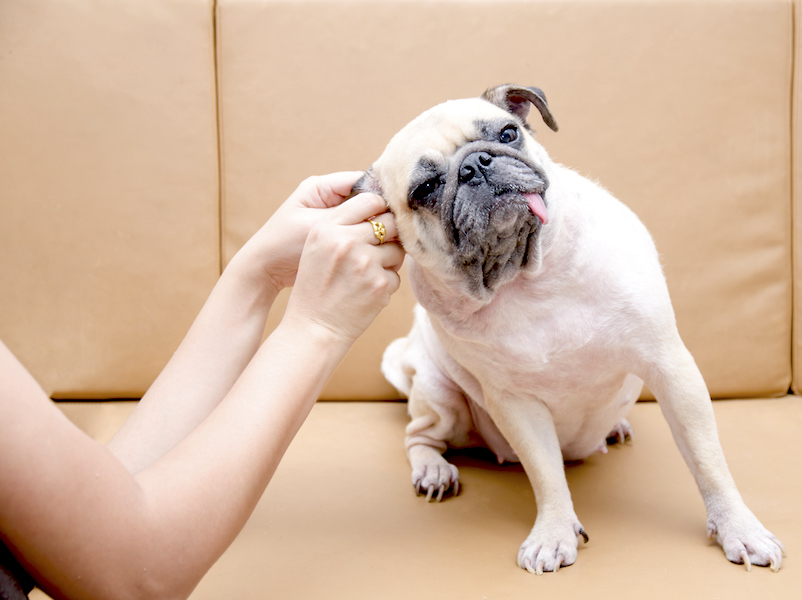
Is your earwax trying to tell you something about your health? Earwax is more than just the icky stuff that comes out of your ears. Cerumen, the medical name for it, has a purpose in your body. It protects the skin inside the ear canal from damage that can lead to infection. It is also a source of lubrication and helps waterproof the inside of your ear.
That’s all good stuff, but earwax also provides information about you. How it looks, the texture and smell all supply key details about what is going on inside your body. What is your earwax saying to you?
The Genetics of Earwax
Believe it or not, everybody’s earwax falls into one of two categories. Earwax is either dry, or it’s sticky. Earwax texture is a genetic trait that can help you trace your roots. According to an study in the journal Nature Genetics, a single gene mutation determines whether your earwax is wet or dry. Researchers investigated 33 different populations around the world and found:
- Ninety-five percent of East Asians have dry earwax.
- Ninety-seven percent of people from Europe or Africa have wet, sticky earwax.
The difference between these two groups boils down to one gene called ABCC11. It is the gene that manages the flow of earwax-altering molecules. At some point centuries ago, the gene changed in people in Europe and Africa as they adapted to a new surrounding. The researchers from this study hypothesized that insects lead to the mutation. The thick, wet earwax can trap insects and protect the deeper areas inside the ear canal and possibly even the brain. It is an example of the body’s natural ability to change based environmental stressors. It is a change designed to improve a species odds of survival.
Green, Wet Earwax
Green, wet earwax means one of two things:
- You’ve been sweating.
- You have an ear infection.
When you sweat, the water will mix with your earwax, changing the color and texture. When you have an ear infection, the earwax changes due to the body’s inflammatory response to invading organisms. Pus created by the response can mix with the earwax, and that may lead to the difference in color.
Earwax That Smells Bad
Earwax with a bad smell means you need to pay attention. The change in odor typically indicates a rather serious infection. Anaerobic bacteria, in other words, bacteria that do not require oxygen to survive, tend to emit a foul odor that will make earwax stink.
That bad smell can also mean there is an infection causing middle ear damage. You might feel like your balance is off and hear a ringing or other phantom noise in the affected ear. You need to make an appointment with your doctor.
In 2009, a group of Japanese scientists also linked stinky earwax to a gene that might cause breast cancer. It will take more studies to prove this theory but, it’s worth talking to your doctor about if breast cancer runs in the family.
When It Feels Like Your Ear is Wet All the Time
To be honest, this isn’t really earwax, but it is understandable that you might think it is cerumen. Wet ears typically mean disease, most likely infection. Ear infections create pus, so that might be why your ear feels wet. That is not the only possible cause, though.
It is also possible that you have a type of skin growth inside your ear canal called a cholesteatoma. A cholesteatoma is a lot like a cyst, but one that appears inside the ear blocking the canal. When that happens, stuff like earwax and dirt build up. This blockage can cause debris to overflow and come out the ear. Any drainage from your ear means you need to see a doctor and find out why that is happening.
Your Earwax is Very Flaky
Do not worry, flaky earwax isn’t a sign of infection. It is, however, something that happens as you grow older. When someone ages, their body gets a little dryer — including the glands that produce earwax. As a result, their ears get a little itchy. Adding a few drops of mineral oil to the ear canal can ease that discomfort and soften the earwax at the same time.
What if your ears have no earwax at all? It’s rare, but it does happen. It is a condition called keratosis obturans, and it means there is a hard plug where the earwax comes out. It’s unclear why this happens, but researchers do know that the plug is made of keratin, a protein that exists in skin cells. You might feel pain in that ear and have trouble hearing. The treatment is simple, let a doctor pull the plug out. In some, the condition is chronic, and the patient requires regular medical care.
Earwax, who knew it was so interesting. Why not take a look at yours to see it’s trying to say..